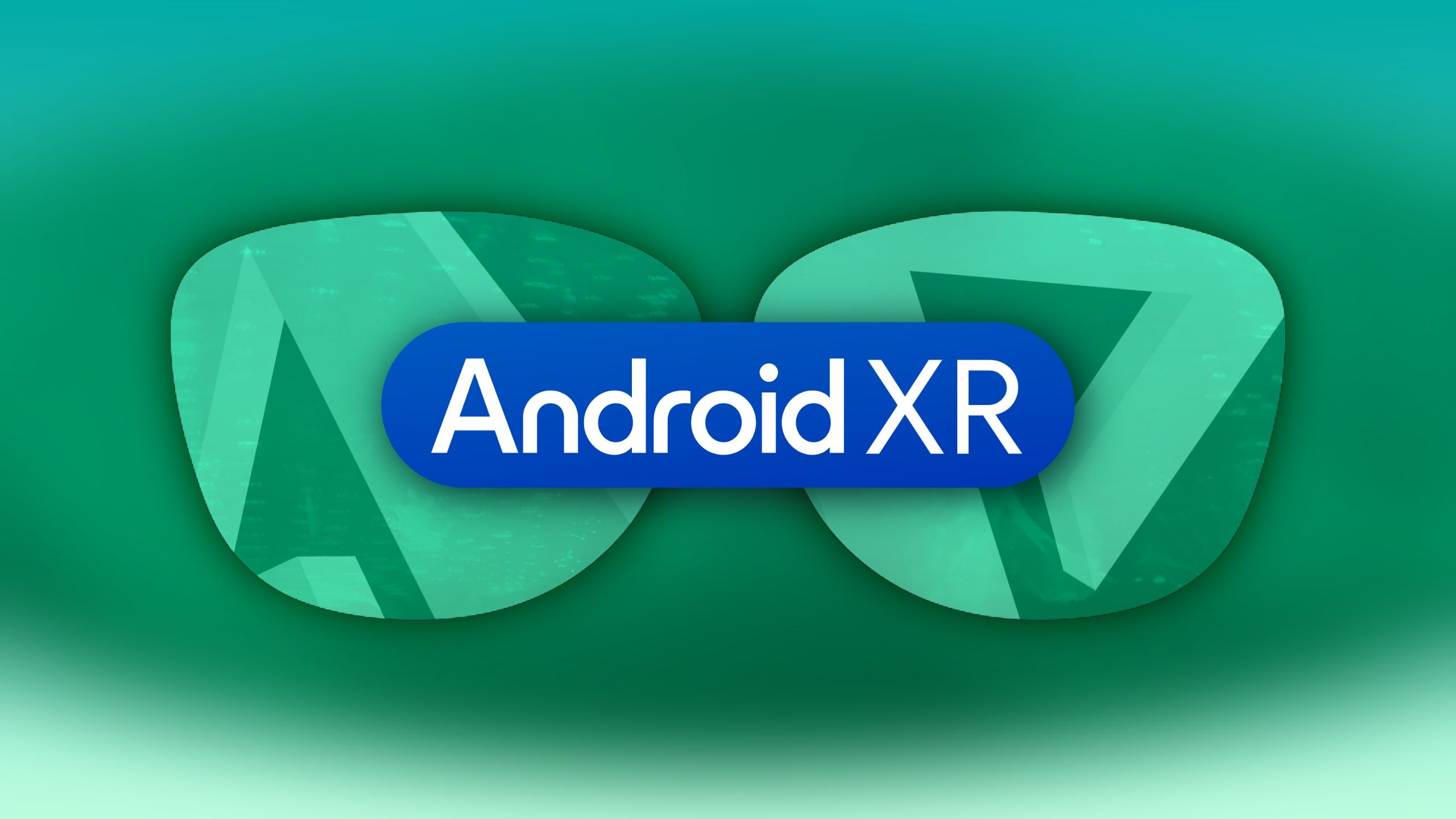First Glimpse: Google's Cutting-Edge AR Glasses Step Out of the Shadows

In a groundbreaking moment at the TED conference, Google unveiled its highly anticipated Android XR glasses, offering a tantalizing glimpse into the future of augmented reality technology. The sleek, innovative eyewear marks a significant leap forward in Google's ambitious quest to blend digital experiences seamlessly with the physical world.
The prototype, which drew considerable attention from tech enthusiasts and conference attendees, showcased Google's commitment to pushing the boundaries of wearable technology. Unlike previous attempts at smart glasses, these Android XR glasses appear more refined, with a design that suggests both functionality and style.
While specific technical details remain closely guarded, early observers noted the device's potential to revolutionize how we interact with digital information in real-time. The glasses seem poised to offer an immersive augmented reality experience that could transform everything from navigation and communication to professional workflows and entertainment.
Google's public demonstration at such a prestigious conference signals the company's confidence in the technology and its readiness to challenge existing augmented reality market leaders. As the tech world watches with bated breath, these Android XR glasses represent more than just a product—they symbolize a potential paradigm shift in how we perceive and interact with digital technology.
The unveiling has sparked widespread speculation about release dates, pricing, and potential applications, leaving tech enthusiasts eager to learn more about this promising new frontier in augmented reality.
